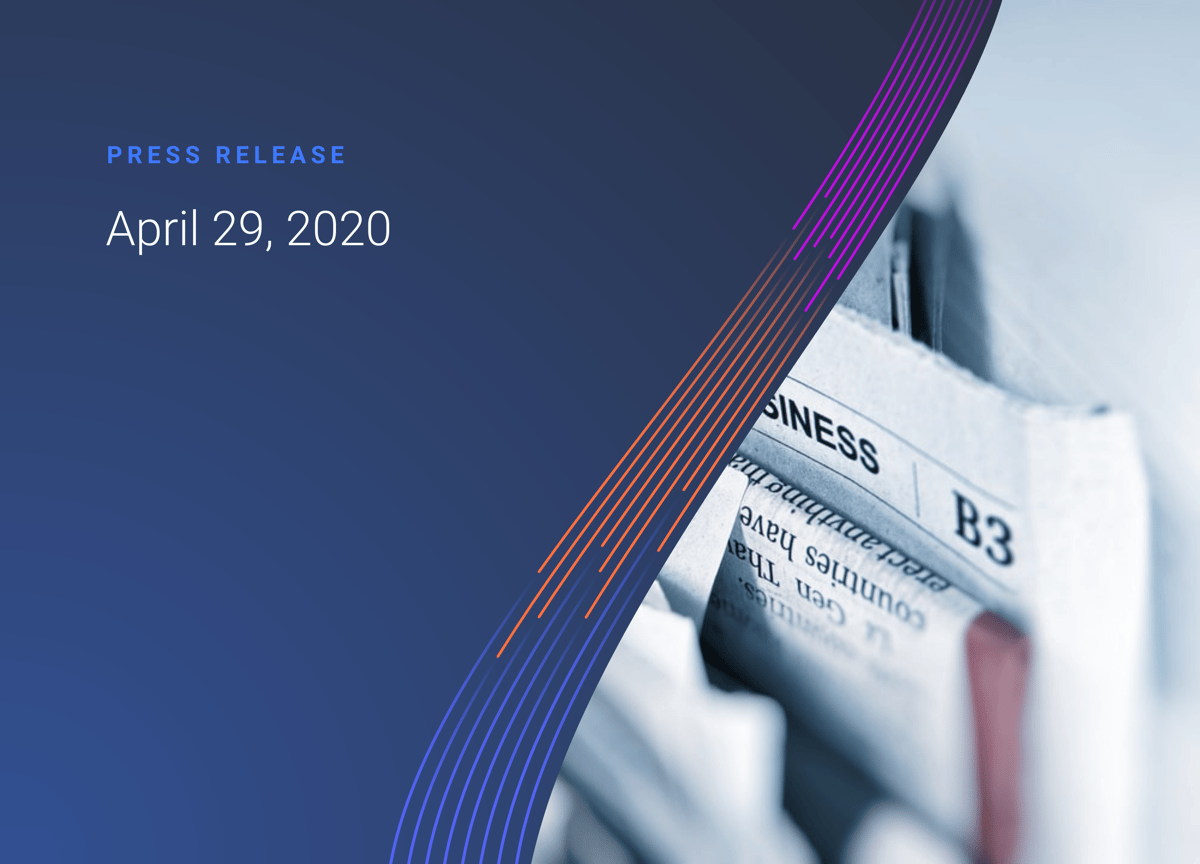April 29, 2020 - Oslo, Norway -- As the global economy reels from the ongoing impact of the corona virus, hard work and strategic thinking from the carrier community appears to have mitigated immediate damage to long-term contracted ocean freight rates. Despite the spectacular drop in economic activity, unprecedented rises in unemployment, and the apparent certainty of global depression, the latest XSI® Public Indices report from Xeneta shows that rates actually climbed during April. The rise, although small at 0.7%, reverses the decline seen in March, reinstating a trend of gradual monthly increases that began in October 2019.
Oslo-based Xeneta’s XSI® provides unique intelligence on the very latest ocean freight market moves. Based on crowd-sourced data from leading shippers, the report utilizes over 200 million data points, covering more than 160,000 port-to-port pairings, to provide a real-time picture of industry developments.
After a 0.5% fall in March, and clear indicators of global economic pain, observers may have expected those developments to be negative. But, as Xeneta CEO Patrik Berglund explains, proactive strategies from container ship operators appear to have paid dividends (for now) with the indices up 2.9% since the start of 2020.
Strategic Plays
“As we all know, the world economy is in turmoil and, in this segment, supply clearly outstrips demand,” he comments. “However, carriers have been working hard to make adjustments to protect rates, aggressively withdrawing capacity from the market and adopting more ‘creative’ strategies.
“For example, on the Far East-Europe trade we are now seeing some owners sending ships round the Cape of Good Hope rather than utilizing the Suez Canal. This obviously takes longer, temporarily removing capacity, while also saving on Suez transit rates. As such, contracted rates are generally holding strong, with spot rates, despite a bleak outlook, also proving resilient for the time being. How long that lasts is, of course, another issue.”
Growing Pressure
The horizon, Berglund states, is crammed with uncertainty. As oil prices collapse to historic lows he notes that carriers will likely come under increasing pressure to drop or amend the bunker surcharges introduced to cover fuel costs in line with IMO 2020. Furthermore, the introduction of new, record breaking tonnage to the market – such as the just unveiled 23,964 TEU HMM Algeciras (the first of 12 huge new boxships to be delivered to HMM over the coming months) – will only add to the glut of supply.
“Carriers are, and will be, subject to huge pressure in the immediate future,” he states. “A disciplined approach will help safeguard rates, but, given the economic dire straits, will individual carriers hold ranks or be forced to reduce rates in a bid to secure business and claim market share? There are no certainties at present, making it increasingly important for all parties in contract negotiations to stay up to date with the latest market intelligence, ensuring they achieve optimal value for their businesses.”
State of Flux
The XSI® regional reporting shows a mixed picture for key trading routes. In Europe the import benchmark slid again, down by 3.3% month-on-month but up 7.5% year-on-year, whereas exports climbed by 2.8%, up 11.8% compared to April 2019. In the Far East, exports held steady for the month, up 10.3% year-on-year, while the import index fell 1.4%, down 10.9% against this time in 2019. Meanwhile, US imports on the XSI ™ continued to climb, up by 4.5% (a huge 33.2% year-on-year increase), as did the export benchmark, up by 1.9%, translating to a 6.8% rise.
“In the current climate it’s impossible to second guess what will happen next,” Berglund concludes, “just as, sadly, we can’t dictate developments with the corona virus. What is certain is that we’re in a period of intense disruption and flux. Stakeholders in the ocean freight value chain have to remain limber, informed and ready to move to gain competitive advantage. I’d advise everyone to stay tuned for further developments.”
Xeneta’s XSI® Public Indices is based on crowd-sourced rates data from leading global shippers. Companies participating in the platform include names such as Electrolux, Continental, Unilever, Lenovo, Nestle, L’Oréal, and Thyssenkrupp, amongst others.
To get the full XSI® Public Indices report, please visit: https://www.xeneta.com/xsi-public-indices


-1.jpg)
